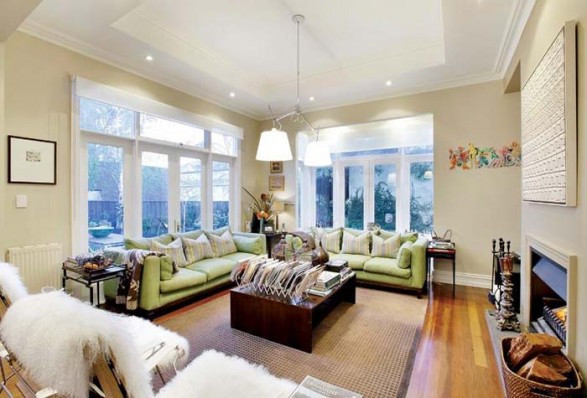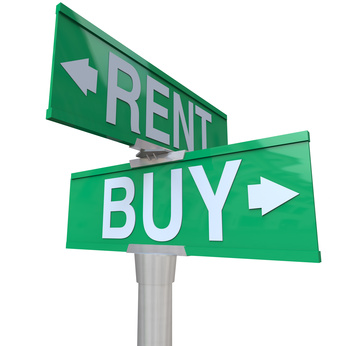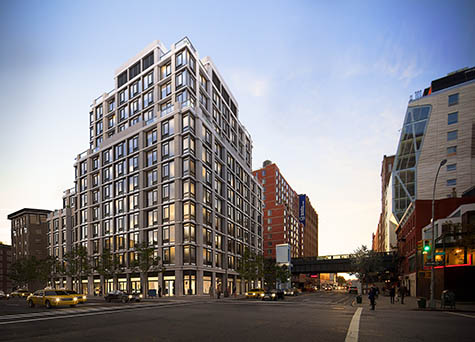 As we’ve written about before, West Chelsea is as hot a neighborhood as anyplace in Manhattan, largely because the High Line has exponentially increased its popularity. Ten23 is one of many newly constructed luxury condo buildings in West Chelsea, but unlike most of its competitors, it sits on top of the Highline, literally. Well, maybe not quite literally, but Ten23’s exterior brushes the Highline’s railing; it basically leans over the park, so passersby can look right into the building. Ten23 has actually used this as it’s best marketing tool. Relying solely on word of mouth, Equity Residential has signed 19 leases and has 5 commitments for the luxury building’s 111 units. What makes this especially remarkable is that Equity has asked all these renters for what is likely the most expensive nonrefundable deposit in Manhattan’s history; just to make a commitment, renters must pony up $1,000 that they know they won’t get back. If this doesn’t speak to the unprecedented strength of the Manhattan luxury rental market (especially in West Chelsea), then we don’t know what does.
As we’ve written about before, West Chelsea is as hot a neighborhood as anyplace in Manhattan, largely because the High Line has exponentially increased its popularity. Ten23 is one of many newly constructed luxury condo buildings in West Chelsea, but unlike most of its competitors, it sits on top of the Highline, literally. Well, maybe not quite literally, but Ten23’s exterior brushes the Highline’s railing; it basically leans over the park, so passersby can look right into the building. Ten23 has actually used this as it’s best marketing tool. Relying solely on word of mouth, Equity Residential has signed 19 leases and has 5 commitments for the luxury building’s 111 units. What makes this especially remarkable is that Equity has asked all these renters for what is likely the most expensive nonrefundable deposit in Manhattan’s history; just to make a commitment, renters must pony up $1,000 that they know they won’t get back. If this doesn’t speak to the unprecedented strength of the Manhattan luxury rental market (especially in West Chelsea), then we don’t know what does.
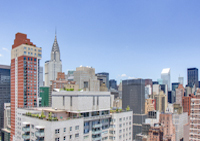



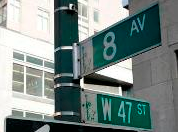
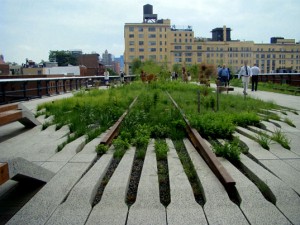 How quickly we forget. 10 years ago, the High Line was a rusted artifact, a blight on West Chelsea, and a large part of the reason that West Chelsea remained underdeveloped and cheaper to rent in than
How quickly we forget. 10 years ago, the High Line was a rusted artifact, a blight on West Chelsea, and a large part of the reason that West Chelsea remained underdeveloped and cheaper to rent in than 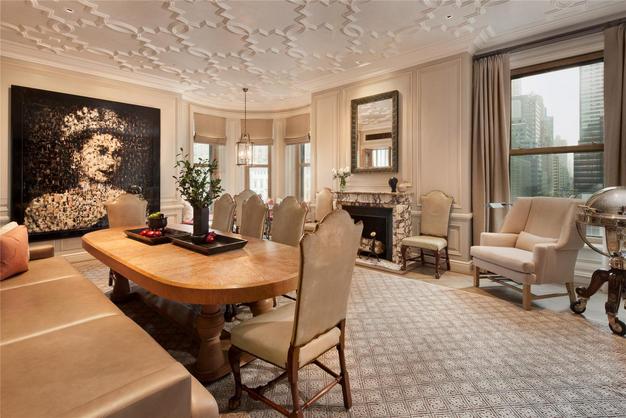 Last week the Astor Suite in the Plaza on 768 Fifth Avenue hit the market for $165,000 a month, officially becoming the most expensive apartment in Manhattan. The Astor Suite is a 5,087 square foot 4-bedroom 6-bathroom luxury home. Jurgen Friedrich, the owner of Esprit, bought the Midtown West residence for $25 million in 2007, and turned it around the next year at an asking price of $55 million. We wrote earlier about how more New York residents are taking up an interest in the most
Last week the Astor Suite in the Plaza on 768 Fifth Avenue hit the market for $165,000 a month, officially becoming the most expensive apartment in Manhattan. The Astor Suite is a 5,087 square foot 4-bedroom 6-bathroom luxury home. Jurgen Friedrich, the owner of Esprit, bought the Midtown West residence for $25 million in 2007, and turned it around the next year at an asking price of $55 million. We wrote earlier about how more New York residents are taking up an interest in the most 